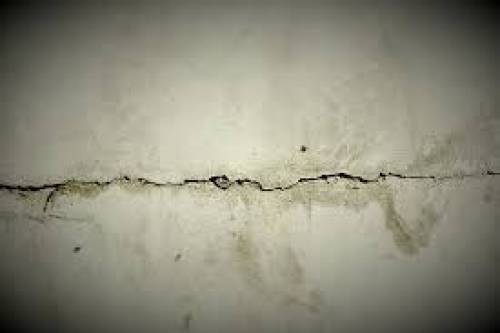This is the time of year for Spring cleaning and related chores. One of those jobs is a do-it-yourself home inspection, which can be both safe and profitable. Catching small problems before they become big ones can save you thousands of dollars. Besides, with the right tools and protective gear, anyone can do a cursory inspection and learn a lot in the process.
What You’ll Need
Before you embark on a DIY home inspection, make sure you have the tools and safety items to do the job right, and to complete it without injuring yourself. This particularly applies to people who own two-story houses, and who intend to enter attics, crawl spaces and basements.
Safety First
Have safety goggles and a breathing mask (a typical white “surgical mask” variety will do), as well as a hard hat if you need to venture among pipes and confined areas. It’s also a good idea to bring along a very basic set of tools, like screwdrivers, a hammer, pliers, standard-issue work gloves, a pair of thick rubber gloves and two small flashlights. A hands-free headlamp is ideal for jobs like this, and will save you time and trouble along the way. Have a ladder handy for gutter and roof work. Bring a small notebook and pencil to record important data.
Start Outside
Start on the outside of the house. Clear out gutter debris and examine it all around for damage. While you’re up there, have a good, close look at the roof and note any damage or questionable areas. Remember, you don’t need to be an expert to do a thorough inspection. You merely need to look at everything and note any obvious damage or suspicious conditions. This is not a repair job; you’re just inspecting!
Remaining on the outside of the structure, examine doors, windows, decks, driveways, porches, walls and fences for cracks or non-functioning parts. Write down anything that might be in need of repair.
Work Bottom to Top on the Inside
Inside, start in the basement and work up. Do you see any cracks or discolored areas on walls or floors? How about the doors and doorknobs? Be sure to check for little things like exposed nails, broken or loose floor tiles, and any signs of water damage (typically in the form of unusual, light stains on walls).
Finally, look at heaters, AC units, pipes (that you can view without having to take any risks), and be absolutely certain to keep your eyes opened for frayed wires. Remember, this is just a fact-finding mission, so don’t be tempted to fix things that are outside your area of expertise. Leave the electrical, plumbing and roof work to professionals. That goes for anything else that you are not qualified to repair.
Save Your Notes and Get Ready for Next Year!
Take your now dusty notebook and type up all the notes onto a nice, clean sheet of paper. For those areas that you think need repair or attention, consider hiring an expert to confirm your suspicions. Seasonal home inspection is a smart way to stay “ahead of the curve” when it comes to repair expenses.

